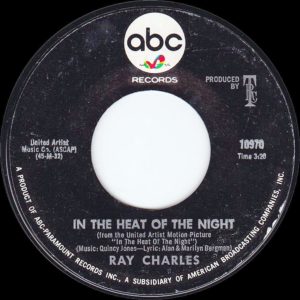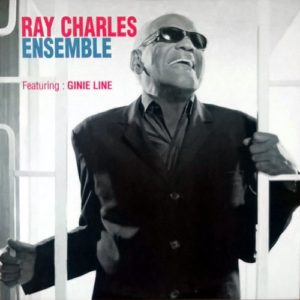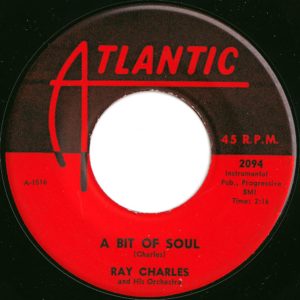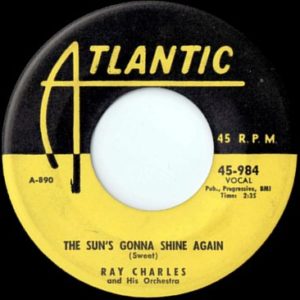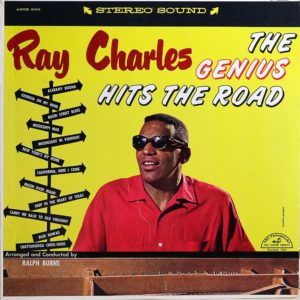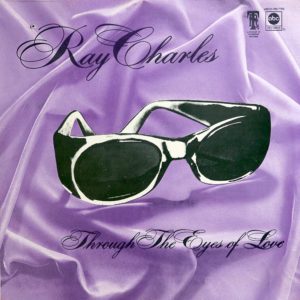The music of the genius
Ray Charles
The latest
Ray Charles was commissioned to perform the theme song for the 1967 movie In The Heat Of The Night. The result was the first song on the soundtrack LP, and a single was released on ABC Records as well. But fans will need both discs, for they are two completely different versions of “In The Heat Of The Night”. The Movie In The Heat Of The Night The movie starred Sidney Poitier and Rod Steiger. The film, a pissed-off and in-your-face exploration of race in America, won five... [read all]
Ray Charles and Ginie Line duet on the French-language "Ensemble" from 2002. It was released in France as a CD single and the duo performed it live on TV.
"A Bit Of Soul" is a Ray Charles tune recorded in 1955 and released in 1961. Split into two halves, it shows Ray's versatility with a unique arrangement.
"The Sun's Gonna Shine Again" finds Ray Charles in an unconvincingly hopeful mood. It was the A-side of an Atlantic single in 1953, his second-ever.
"Mississippi Mud" is a fun, jaunty singalong that Ray Charles covered on his first album for ABC Records, The Genius Hits The Road, in 1960.
Album of the day
Coming a mere three months after the excellent A Message From The People LP, Ray Charles’ Through The Eyes Of Love album of August 1972 is an excellent collection of eight mostly slow and romantic songs that stand in stark contrast to the pointed political commentary of that preceding album. Despite the quality of the material on Through The Eyes Of Love, it seems to have been something of vanity project for Ray and not the record-buying public. In August 1972, ABC/Tangerine... [read all]
Song of the day
The title song of Atlantic’s 1961 Ray Charles outtakes album The Genius After Hours is a delicate bluesy instrumental piano workout. It features a simple trio – Ray on the keys of course, plus Roosevelt Sheffield on bass and William Peeples on drums. “The Genius After Hours” (a title that almost certainly came about around the time the LP was compiled and presumably without Ray’s input) follows the classic I-IV-V pattern. But, while structurally unremarkable... [read all]
